
01 Jan 1978

Water: Fluid For Life
This instructional film reveals the decisive role that water has played and is still playing in the emergence and survival of life on earth.
This 1950s' film looks at the measures to preserve water flow from the Rocky Mountains. With the steady falling of the water table, the exploitation of timber stands and the recession of glaciers, water conservation was an urgent concern of the Alberta and federal governments.

01 Jan 1978

This instructional film reveals the decisive role that water has played and is still playing in the emergence and survival of life on earth.
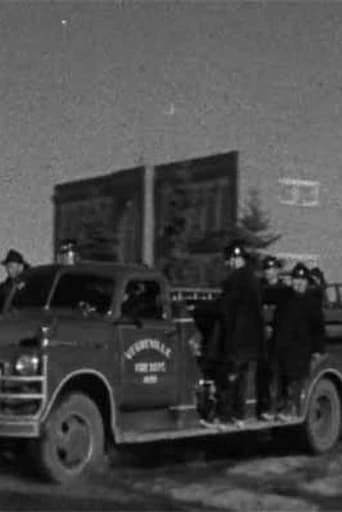
01 Jan 1958

This short dramatic film illustrates a cooperative program of fire protection that was carried out across Alberta in the late 1950s. It presents the problems inherent in a voluntary fire brigade, as well as the everyday heroes who step up and get the job done. The film is an entertaining look at how a crew that was once considered to be the joke of the town can evolve into the best fire brigade in the West.

12 Mar 2008

A documentary about a 15-day river-rafting trip on the Colorado River aimed at highlighting water conservation issues.

09 Feb 2024

Tatum Emerson and company debunk Caleb McCarthy's "The Definitive Water Review" with facts, evidence, and STEM knowledge.

05 Sep 2025

No overview found
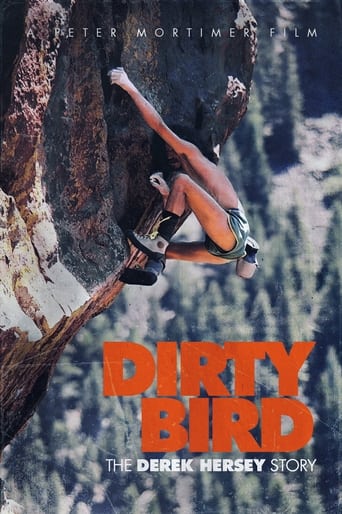
01 Jan 2003

No overview found
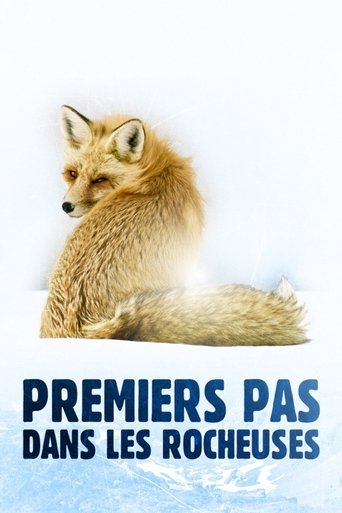
23 Dec 2022

No overview found
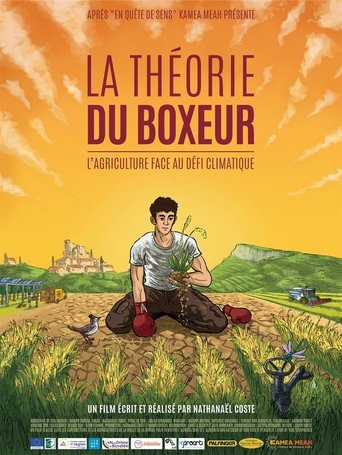
27 Mar 2024

No overview found

01 Jan 2020

Andean communities fight to protect their water from contamination by mining companies.
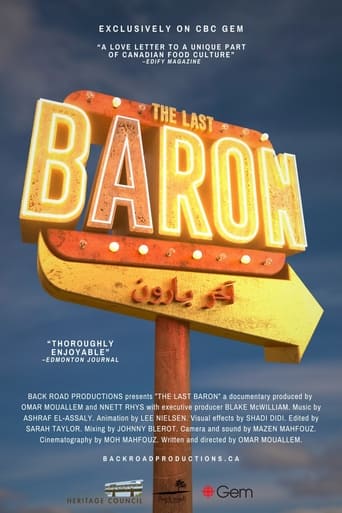
17 Sep 2021

The meaty saga of Burger Baron, a rogue fast-food chain with mysterious origins and a cult following, run by a loose network of fiercely independent Arab Canadian immigrants.
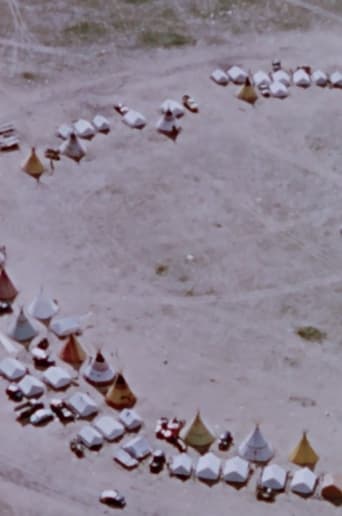
01 Jan 1973

On the Kainai (Blood) First Nations Reserve, near Cardston, Alberta, a hopeful new development in Indigenous enterprise. Once rulers of the western plains, the Bloods live on a 1 300-square-kilometer reserve. Many have lacked gainful employment and now pin their hopes on a pre-fab factory they have built. Will the production line and work and wages fit into their cultural pattern of life? The film shows how it is working and what the owners themselves say about their venture.
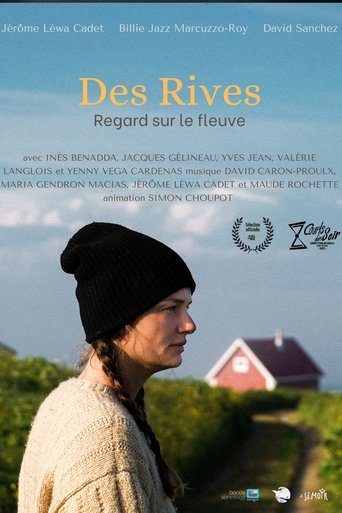
13 Apr 2023

No overview found

06 Aug 2021

Scientists dive deep on the mysterious and unusual predatory behavior of orcas attacking great white sharks, and the disappearance of the other sharks after these attacks.
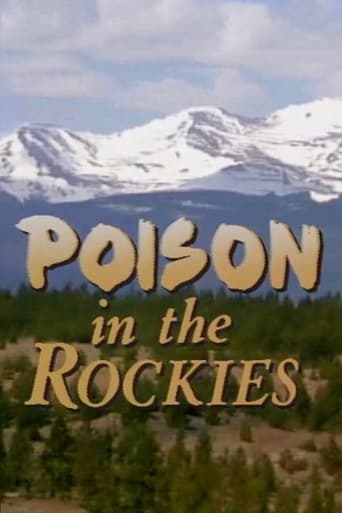
09 Jan 1990

Acid rain, economic development, and a century of mining pollute Rocky Mountain waters.
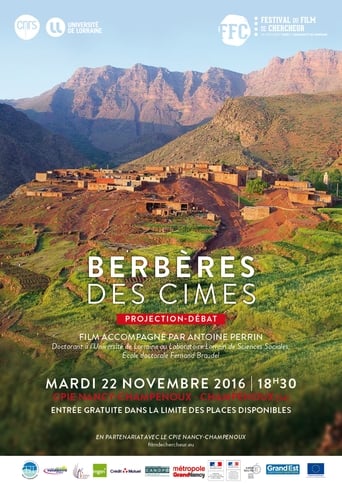
04 Mar 2014

At the heart of the Moroccan High Atlas mountains, water is a resource in short supply. The village of Tizi N'Oucheg has undergone a transformation thanks to Rachid Mandili, who is well-aware that the development of his village depends on access to clean water and on his strong leadership of this project. Mandili rallies all the villagers together and calls upon the knowledge of French and Moroccan scientists to tap water sources, to purify, and reuse waste water for irrigation. The documentary highlights the Berbers' community ties and ingenuity in their dream of independently managing their village water resources. It equally paints a portrait of a man whose initiative and resourcefulness has opened Tizi N'Oucheg up to modernity while still conserving its cultural heritage. Tizi's example presents some of the problems of water access in semi-arid regions and puts forward concrete solutions to these problems.
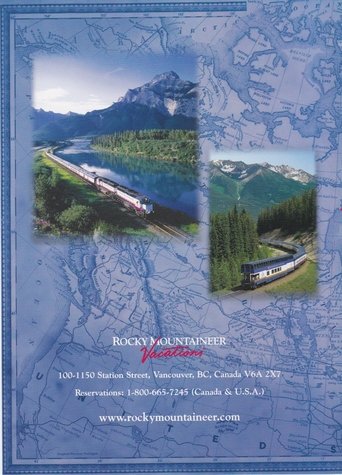

Discover the world's most luxurious trains and relive a bygone era, when the journey was an experience in itself, aboard the opulent carriages of the world's railways. A voyage where the passenger becomes a real traveller, steeped not only in the natural, stunning beauty of the surroundings but also in the romance and opulence associated with the golden age of rail. A classic rail adventure experiencing the thrills of crossing the Canadian Rockies. Torrential waterfalls, soaring eagles and the contrast of sapphire blue lakes and snow-capped peaks are spectacular and can all be viewed from either the magnificent bi-level dome car or the observation carriage. The unmatchable comfort and elegance of the Goldleaf service brings to life the era when the railways were the "only" way to travel.
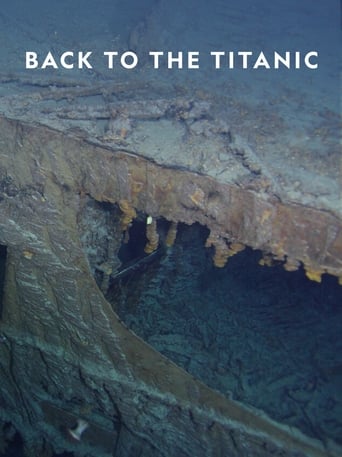
23 Feb 2020

Back to the Titanic documents the first manned dives to Titanic in nearly 15 years. New footage reveals fresh decay and sheds light on the ship’s future.
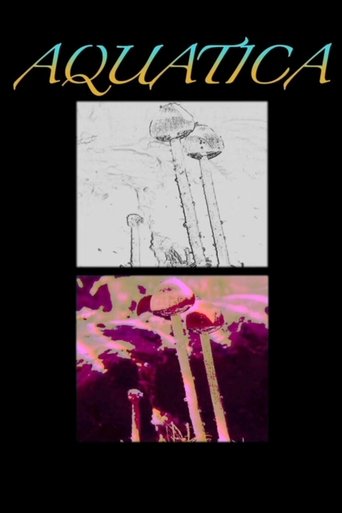
05 Apr 2012

The world's first aquatic mushroom is discovered near Crater Lake in Southern Oregon. Underwater videography documents this unique and fascinating phenomenon.
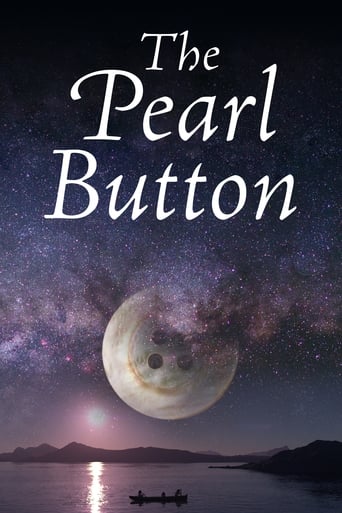
15 Oct 2015

The ocean contains the history of all humanity. The sea holds all the voices of the earth and those that come from outer space. Water receives impetus from the stars and transmits it to living creatures. Water, the longest border in Chile, also holds the secret of two mysterious buttons which were found on its ocean floor. Chile, with its 2,670 miles of coastline and the largest archipelago in the world, presents a supernatural landscape. In it are volcanoes, mountains and glaciers. In it are the voices of the Patagonian Indigenous people, the first English sailors and also those of its political prisoners. Some say that water has memory. This film shows that it also has a voice.
17 Jan 2015
The official Rocky Mountain National Park Centennial film. The stunning cinematography will take you on a journey into Rocky Mountain National Park’s spectacular landscapes. This film includes historic images and interviews with national park rangers who share their heartfelt insights on the value of national parks to our generations and those to come.